College Admissions with Calm, Clarity & Confidence
the blog

read post
How the FY26 Budget Bill (HR1) could affect college financial aid is a question many families should be asking right now. The FY26 budget bill recently passed by the House of Representatives (known as HR1, or One Big Beautiful Bill Act) includes several proposed changes that could significantly affect how students and parents pay for […]
Read More
If you’re finishing junior year, use the summer to get a head start on college applications. With steady work over the next few months, you could be ready to submit applications shortly after they open in August, well before early application deadlines. Here’s what to work on before school ends and during the summer. Before […]
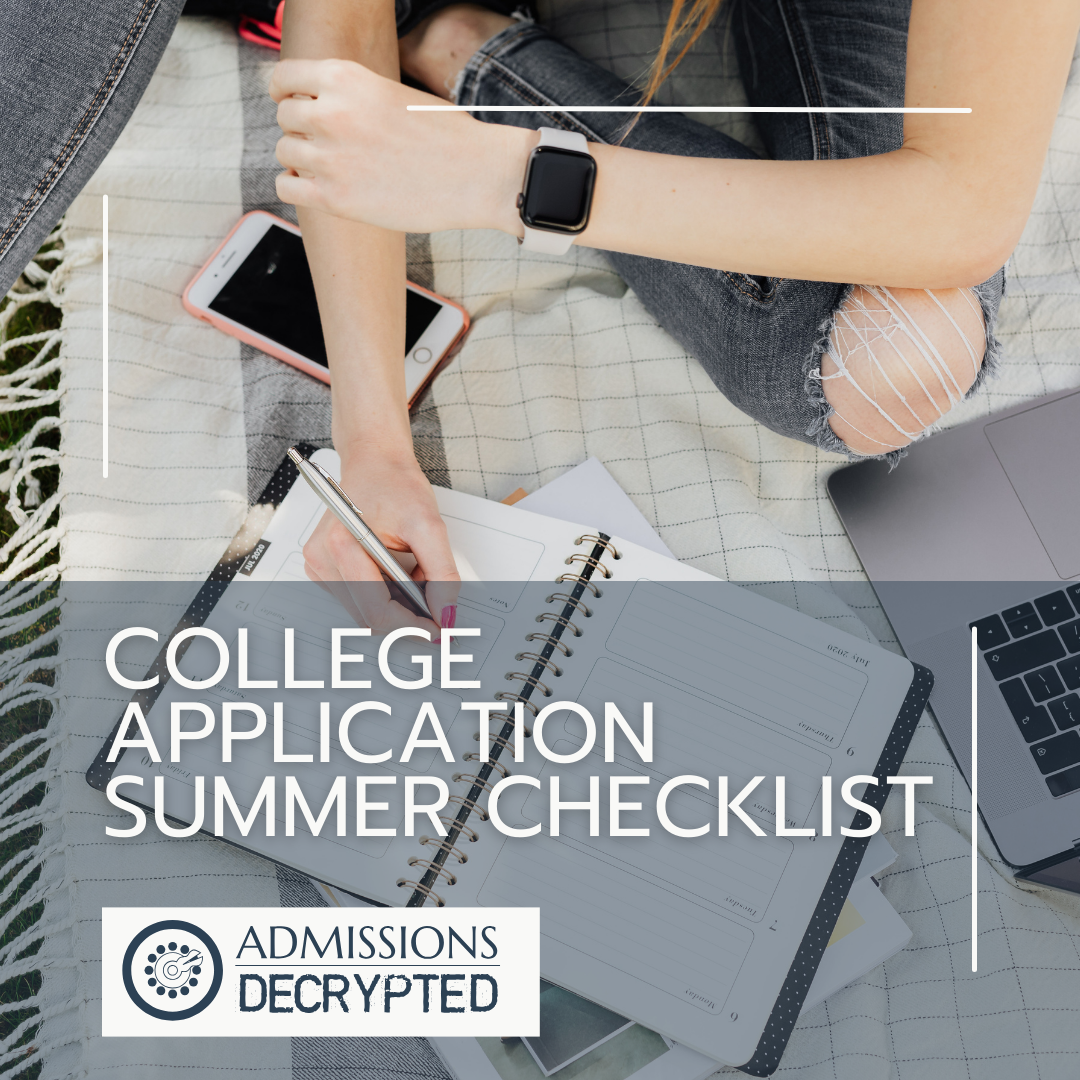
Read More
Every spring, well-qualified students get turn down letters from colleges they’d hoped to attend. College admissions results are not a measure of how worthy a student is as a person or a strong predictor of their adult success. In spite of what some media outlets and popular colleges want you to believe, studies show that […]
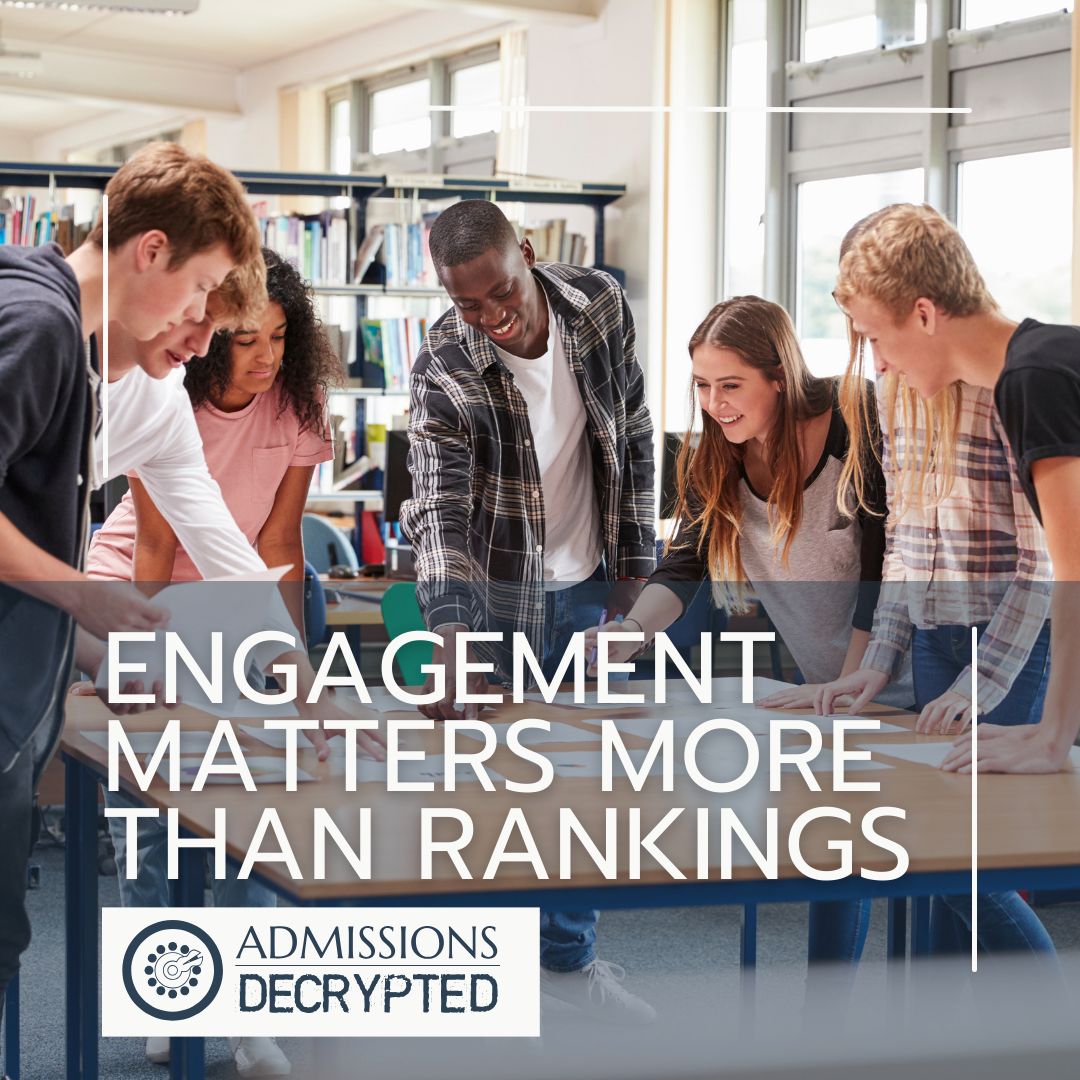
Read More
Typically the first question families ask after their kid gets an offer of college admission is: How much will this cost? Unfortunately, there is no uniform format for delivering financial aid offers. And some colleges have confusing ways of labeling grants, scholarships, and loans. So understanding college financial aid offers takes time and attention to […]

Read More
The Common App essay prompts remain the same for 2025-26 as in the past couple years. These essay prompts aren’t a list of questions to answer. They are designed to help you think about what’s important to you, who you are as a person, and what you would bring to campus as a college student. […]
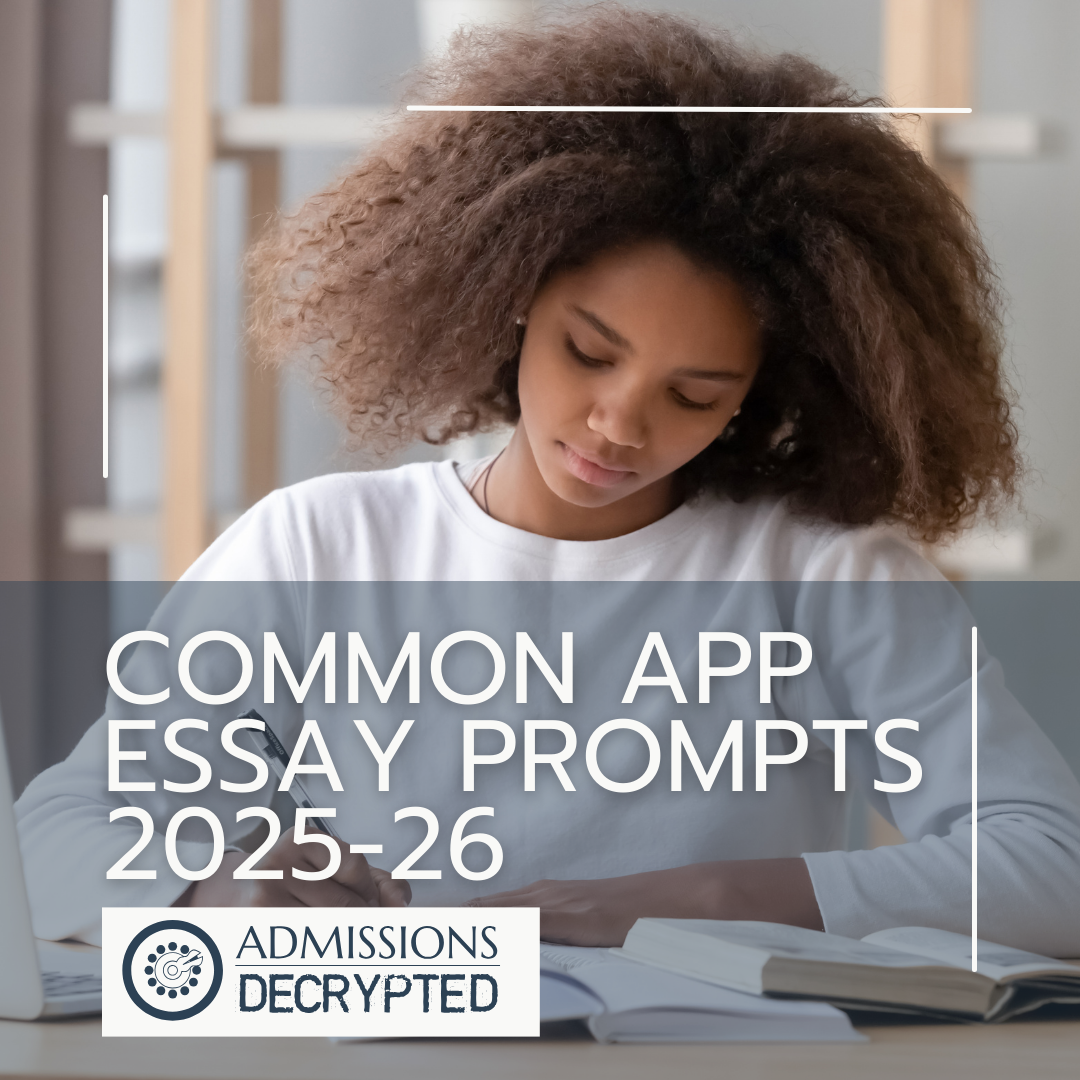
Read More
Some colleges have returned to requiring test scores for admission. Even at test optional colleges, strong scores can improve your application. Generally colleges will accept the SAT and ACT on an equal basis, converting scores from one format to another. This means students can take practice tests, then register for the format they prefer. Changes […]
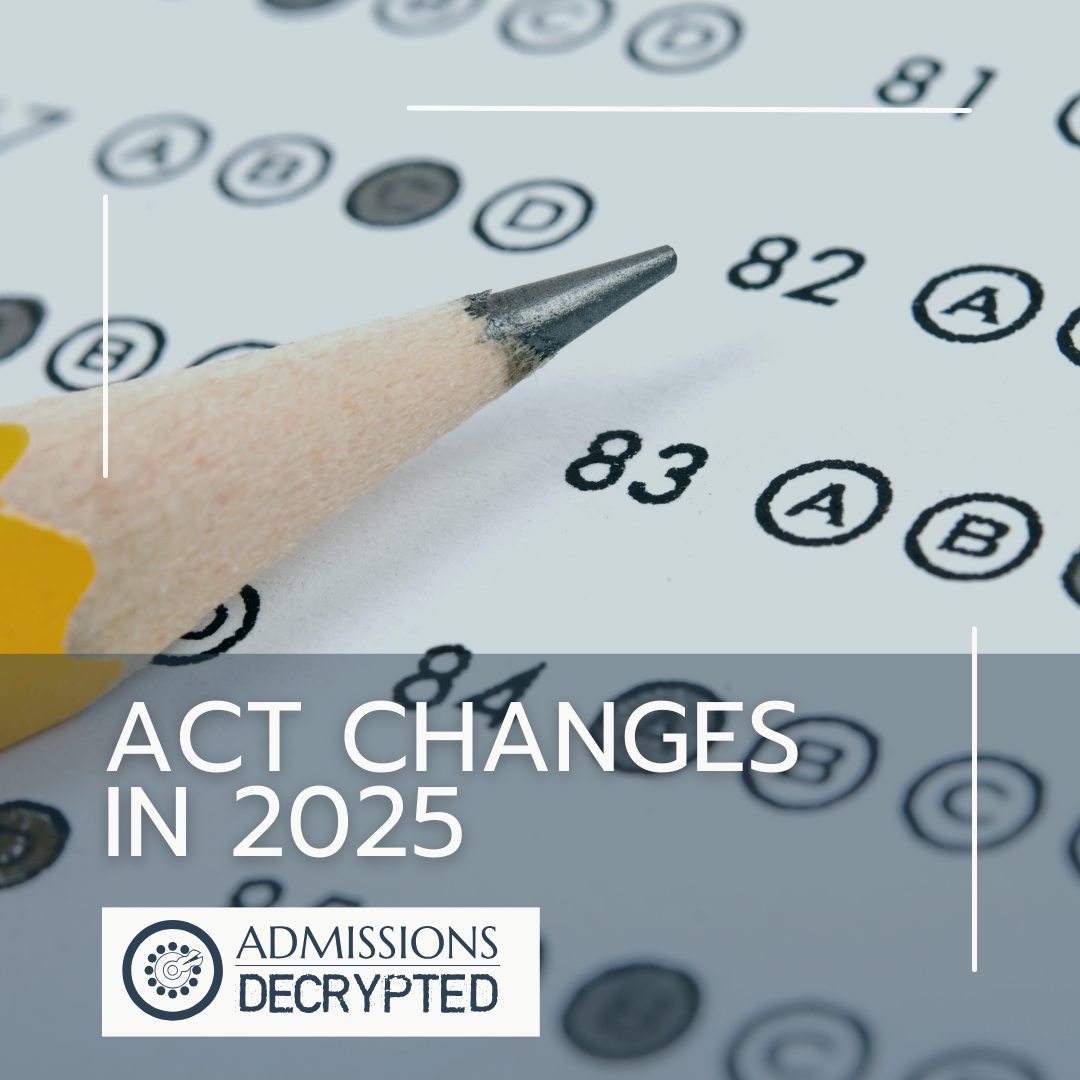
Read More
BLUF (Bottom Line Up Front) – Don’t fall for the trap, test scores still matter for college admissions. Even though the majority of colleges accept applications without test scores, having strong scores can still benefit students — especially at selective colleges. Don’t miss the table at the end that lays out several possible situations with […]
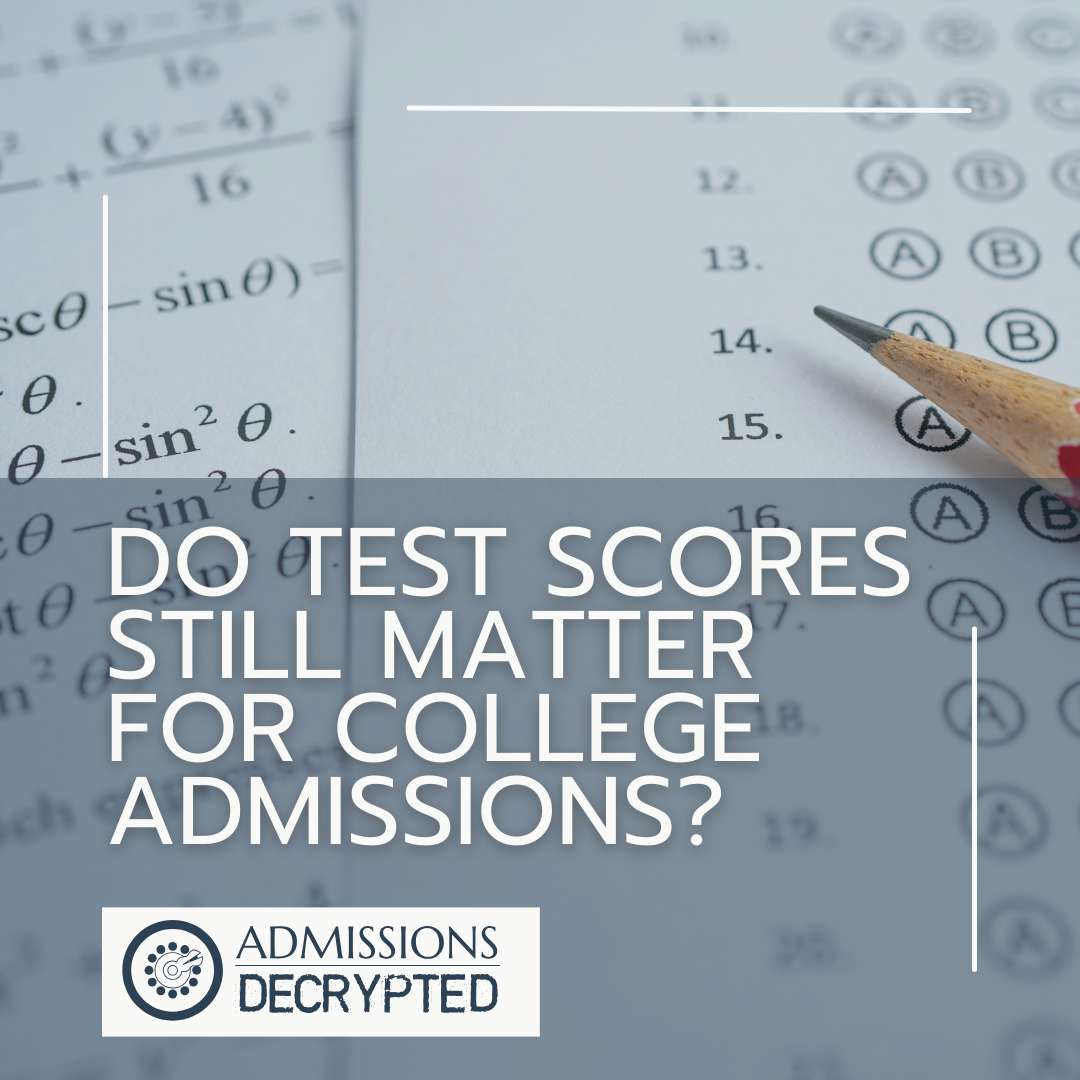
Read More
What most high school students know about military life tends to come from movies or books. Even those who grew up in military families may wonder what it would be like to personally serve under military restrictions and responsibilities. Military academy summer programs offer students a taste of life as a cadet or midshipman. This […]
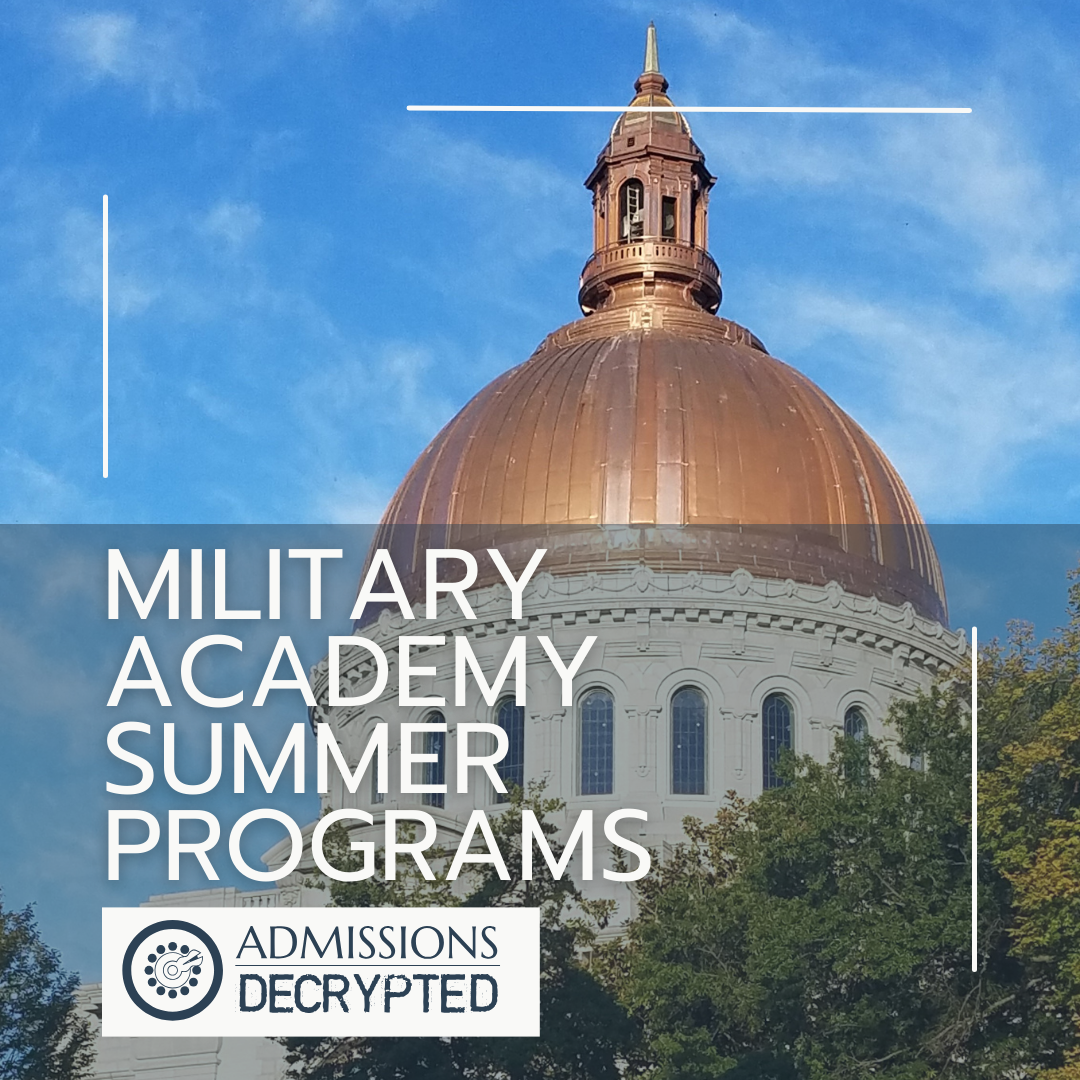
Read More
The Department of Education announced on November 14, 2024 that the FAFSA 2025-26 is available to all students through the Beta test version. This means any students can apply for federal financial aid for the 2025-26 college academic year through the Free Application for Federal Student Aid (FAFSA). Students and their “contributors” (aka parents submitting […]
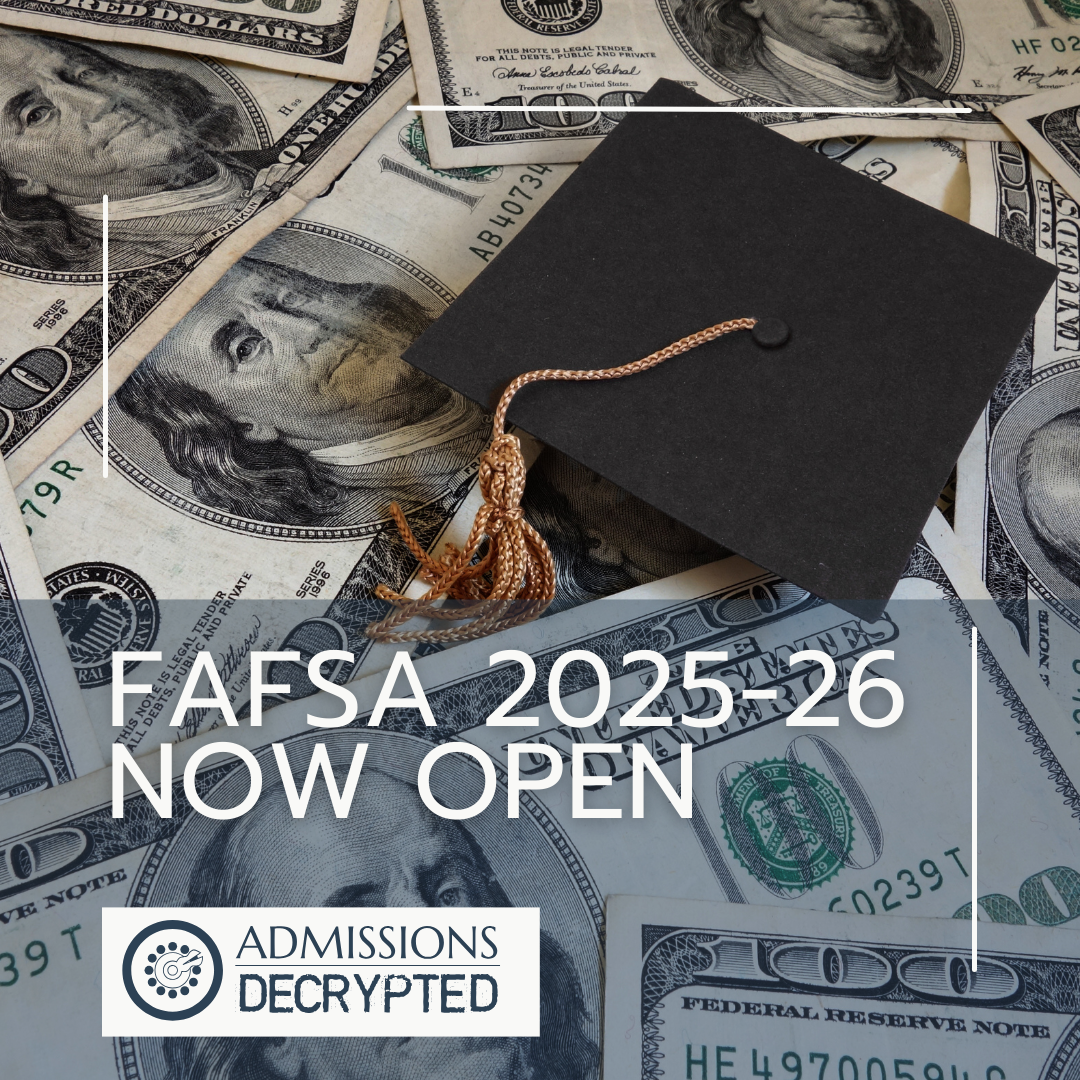
Read More
Many colleges require supplemental essays in addition to a long personal statement about the student. These additional essays are intended to give admissions more information about the student and what is important to them. One type of supplemental essay that frequently stumps students is the Why Us? college essay. Let’s consider what these prompts are […]
